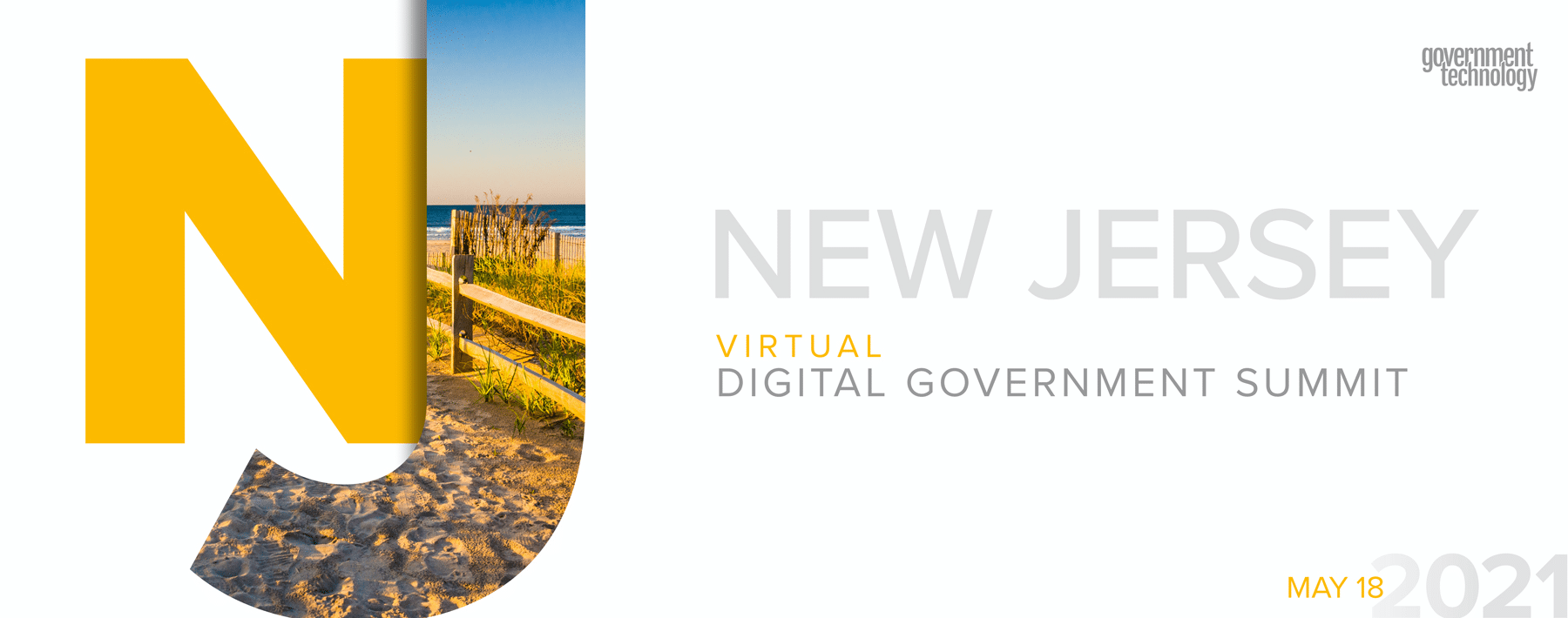Highlights
- Remote work and government agencies
- Constituents and workplace strategies
- Technology considerations
- Getting ready for the new world of work
👀 Did you know that 91% of public sector respondents feel remote work is very important now (compared to only 8.7% prior to the global health crisis)? Grab our government research report to get the whole story.
Organizations around the country are reconsidering what their workplaces, and work itself, will look like as we emerge from the pandemic—and government agencies are no exception. After a year of working from home, employees and employers alike have embraced the increased flexibility and productivity remote work can enable. As a result, a growing number of organizations are considering work from anywhere policies moving forward, whether on a fully remote or hybrid basis.

This is only part of the story. Check out the fireside chat now
Remote work and government employers
Government bodies are not exempt from this reexamination. About half of U.S. federal workers say they’d like to work remotely on a full-time basis, and 28% of workers say they’d consider looking for a new job if they had to come back to the office full-time, according to a recent McKinsey report.
But as agencies that serve the public, government employers have special considerations when it comes to enabling work-from-anywhere policies. This was the subject of a recent fireside chat between Naveed Husain, Vice President, Worldwide Vertical Industry Programs at RingCentral, and Alan Cox, Executive Vice President and Publisher of Government Technology magazine.
Stay informed with RingCentral
Constituent accountability: Impact on workplace strategies
What makes government agencies unique is that their first and foremost accountability is to constituents—and this responsibility must inform all aspects of their workplace strategies.
“It’s really about trust, agility, and resilience,” said Husain during the session, a part of the 2021 New Jersey Digital Government Summit. “If anything, the pandemic has shown us that we need to be responsive to our constituency. And in order for us to meet the requirements of our constituents, we need to be able to adapt quickly and get our workforce ready to respond to the needs of our municipalities.”
Technology considerations for government agencies
This mandate has broad impacts, affecting everything from the tools and technology agencies deploy to support their work to the types of user experiences they offer constituents. In order for flexible work to optimally serve all stakeholders, here’s what government agencies need to consider:
Transparent efficiency
Enabling remote and hybrid work requires a rethink of the tools and infrastructure that support workers and enable them to serve the public. Within the public sector, agencies are accountable to taxpayers for the money they spend, with heightened expectations for cost efficiency. Approaching such investments starting from a Smart Cloud strategy, prioritizing communication and collaboration, can help because it reduces the costs associated with managing and maintaining communications infrastructure while providing outsized returns.
True digital transformation isn’t just digitization
We’ve been talking about digital transformation for decades. But we haven’t come close to realizing the many potentials, especially within the government. Often in the public sector, digital-first efforts were really just digitization—for example, scanning paper documents so they could be accessed online.
But that’s not where the true potential for value comes from. From enabling greater access to services to the ability to glean deeper organizational insights, digital transformation has the potential to improve end-user results for employees and constituents alike. In reconsidering government workplace models, and the tools that will be required to support them, it’s important to think about technology as a form of “future proofing,” considering the needs of both workers and the public in the years to come.

Access and inclusivity
Inclusivity is important. But there are few sectors in which it is more so than within governments, where the ability to equitably serve constituents hinges upon access. While technology has the potential to be a boon in this respect, it also can be a barrier for those who don’t have access to devices and fast connectivity to the internet.
To that effect, some paper-based processes and workflows will likely not go away anytime soon as not everyone has the skills and tools to access everything they need online. But when it comes to tech, there are other things to consider that impacts both the public and employees and contractors. For optimal accessibility, it’s a good idea to ensure that resources and tools are available on a variety of devices, from iPads with 5G capability to basic mobile phones. It’s also a good idea to ensure that experiences are simple and user-friendly so that technology doesn’t hinder access.

It’s time to get ready for a new world of work
As the U.S.—and its government agencies—move towards a new normal, there’s lots to plan for to support both workers and constituents. From creating experiences that meet everyone’s needs to driving uptake and adoption, hear what Husain and Cox have to say. Watch the new on-demand webinar now.
Updated Jul 01, 2025












